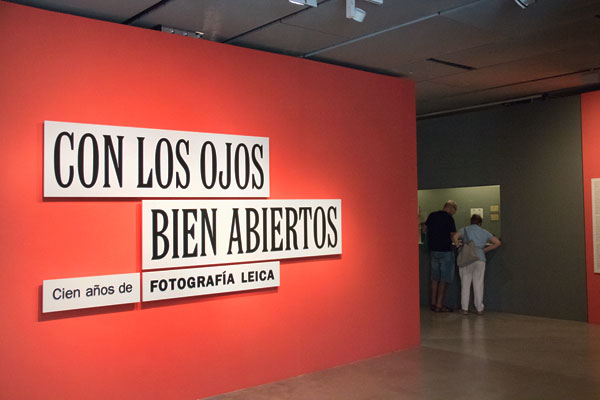
Leica is celebrating its centenary. A beautiful exhibition was set up and has already been exhibited in cities such as Frankfurt, Hamburg and Porto. The visit I made was at the Espacio Fundación Telefónica, in Madrid, and is part of Foto España 2017.
When the photograph was invented, the main argument given by those who participated in its development, the aspect that seemed to them the most forceful in favor of the new procedure to obtain images, was the fact that in it the subjects delineates themselves. It was nature automatically reproducing itself. What was not taken into account in that initial phase is that in photography the equipment itself is already such a huge intervention, it is so restrictive, so decisive of the final result, that it would be better not to have opted for this way of putting the photographic image as a faithfulness copy of reality.
Yes, it is the light that draws the objects, but when the light enters through a Leica, there will be something special about it, a genetics completely amalgamated with the story, with the gesture, with the format, with all the photos that have already been made with Leicas, with the lives told by Leicas, and a great number of other factors that intervene and create something that only with great platitude, one could call the result, banally, “a true image of reality.”

The exhibition Con ojos bem Abiertos, is a study of these mechanisms of sense construction that circumscribe the act of photographing and consuming images produced as “Leica photograph”. It’s a great combination of technical considerations, equipment, manuractoring, branding, technology, and the images that photographers around the world have produced over the last 100 years using the legendary camera.
Leitz Camera
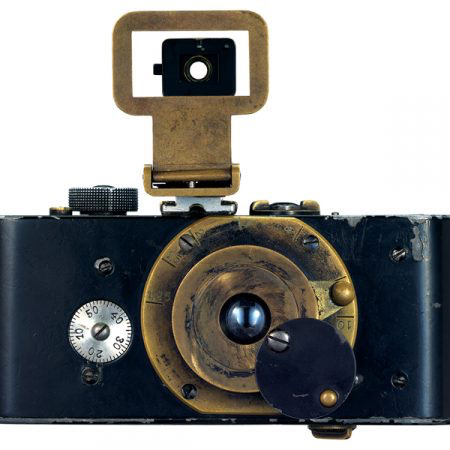
In 1914 engineer Oskar Barnack (1879-1936) produced the first Leica operating model (above), known as the Ur Model. But it would only be commercially released in 1925 with the model below, Leica I. The launch was at a fair in Leipzig and was an immediate success.

It used 35 mm film, perforated on both sides, originally developed for the cinema and later popularized as a standard format for photography. However, there was one important difference: in movies, film and projection the film strip is vertical, the format (always landscape) is 18 x 24 mm. In photography, as the film strip runs horizontally, it was possible to enlarge the frame size To 24 x 36 mm. This is always remembered as a very ingenious idea of Oskar Barnack because a microscope company, in the case of Ernest Leitz in Wetzlar, where he worked, could not dare to start, in a mature and disputed market, a new format of photographic film .
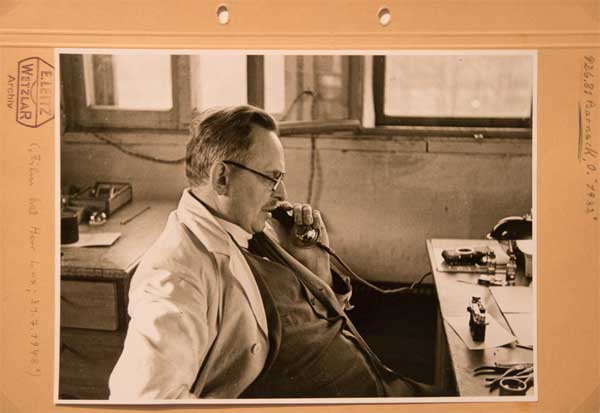
Even taking advantage of the existing film the movement was audacious, for having such a small negative it demanded an enlarger, at a time when the bulk of the prints were made by contact. It was therefore a very radical change in the way one looks at photography as a whole process. What the Leicas have of special beyond the format of the film is simplicity and precision. The body with the rounded sides fits perfectly between the hands. Thumb and index finger fall exactly where we need them. It worked indeed as an extension of our eyes.

A timeline at the exhibition shows the most important personages and camera releases since the founding of Ernst Leitz company. A showcase on the other side of the same room presents the main models. From the first, to the recently released digital one.
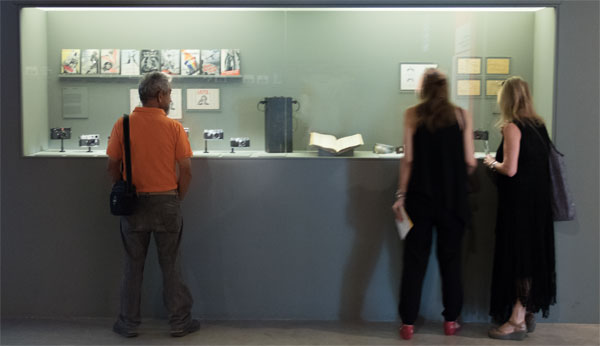
In my opinion the full development of the concept was reached with Leica III (the two closest in the picture below). They hold the basic virtues of the original design but with the addition of a wider range of speeds, flash sync, better lenses and more durable finish. For many, the M (from the center onwards) would be the true apex as they incorporate the rangefinder inside the display among other advantages.
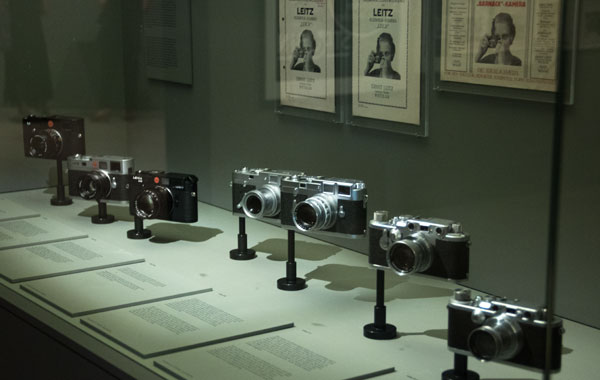
At about the same time as Leitz, many other manufacturers have released 35mm cameras. Some also became iconic as the Kodak Retina series, which began in 1934. However, Leicas have always had an excellence of design and manufacturing that was reflected in results (and also in price). In the exhibition are shown several photos and videos documenting the facilities, the factory and employees. They corroborate well the legend of a perfectionist company and proud of its products.

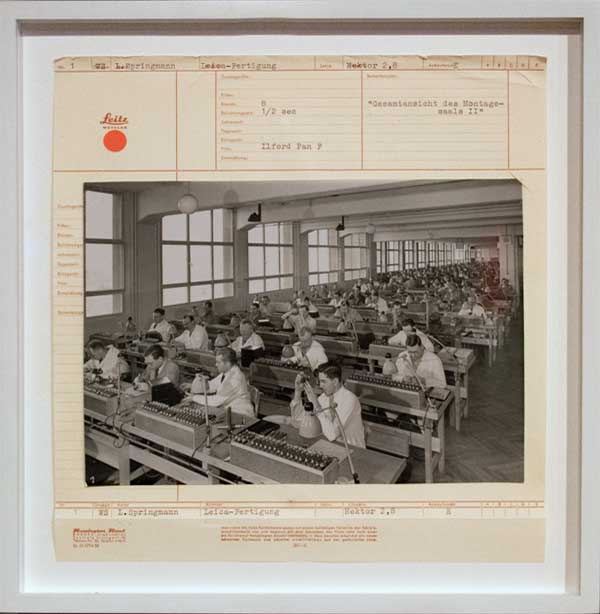
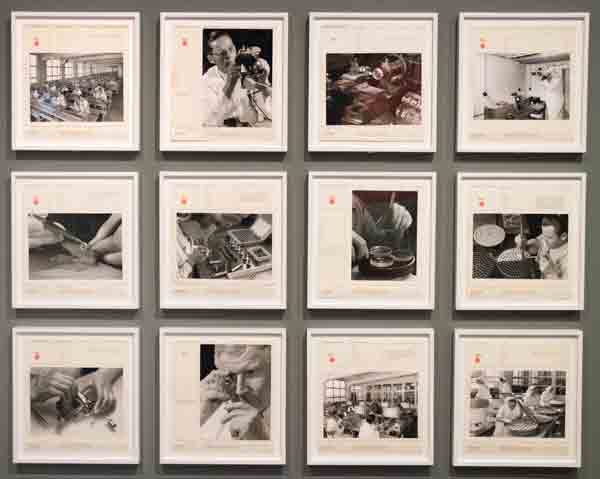
The new photographic gesture
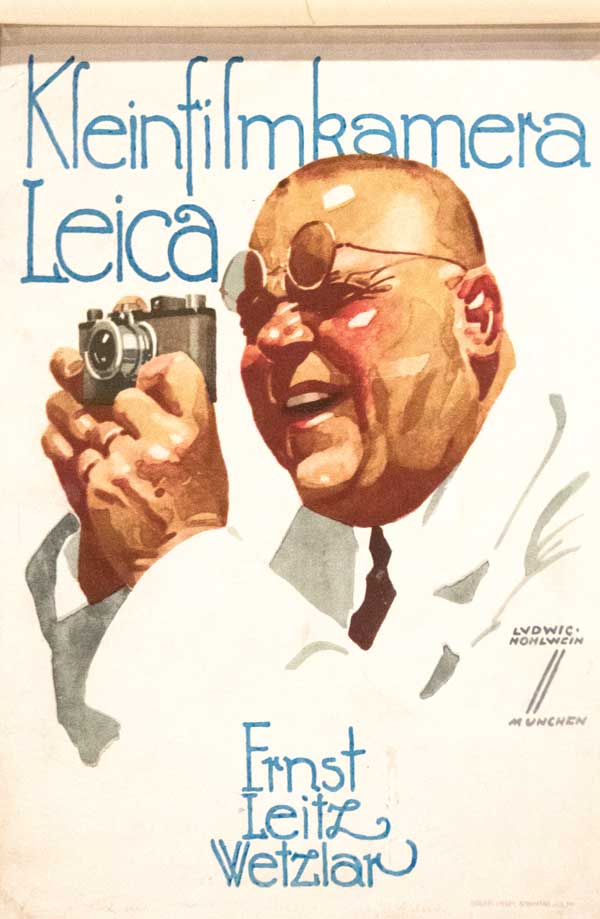
There were many portable cameras before the Leica, especially box-type cameras like the Brownies from Kodak or Box Tengor from Zeiss Ikon. But they were unpretentious with regard to the final quality of the image and features. Leica has come to serve both the enthusiast amateur and the professional photographer. They came to replace medium and large format cameras in cases where very large copies would not be needed and also when there would be no reason to move the plane of the lens relative to the film or vice versa. In that case the view cameras, with ground glass, are a must.
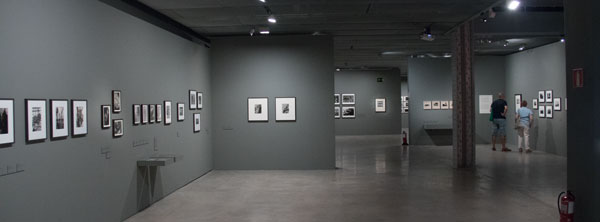
The show in Madrid is huge with videos, documents, cameras, and something like 200 photographs, many and many already part of the collective memory. I will reproduce some with the disclaimer that they were made right of the exhibition, with hand held camera and available light, that means, they are not good reproductions, they present reflections and distortions of tonal range. They will serve only for reference and to give an idea of the exhibition more than about the photos themselves. Nor will I enter here in the social or context issues regarding the photographs and photographers proposal. The goal is more to relate the characteristics of the camera with new aesthetics and subjects possibilities.

The course of the show follows a chronological order divided into periods and characteristics that we can approach as something like style or theme territories. What clearly transpires from the outset is a willingness to do everything tripod, plate films and big cameras did not allow before. For example, bellows cameras, portable or not, usually have a built-in spirit level that says, “Keep the horizon line horizontal.” They usually also allow to move up or down the lens board and that means: “Keep the vertical lines vertical”. With Leica, photographers discovered the third vanishing point or even abolished vanishing points and welcomed diagonals of all kinds.
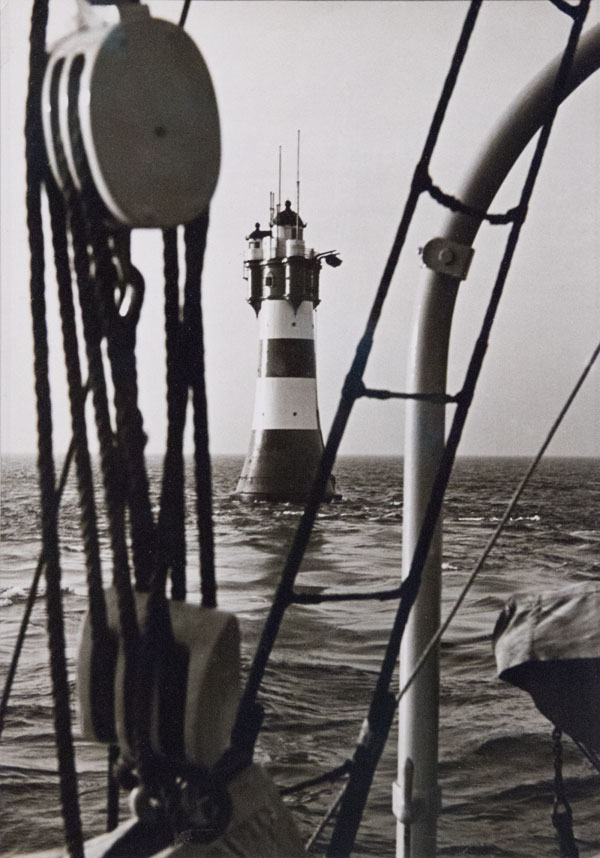
Shooting from inside a boat and getting a good composition today seems rather banal, but it sure amazed a lot of people at the time.
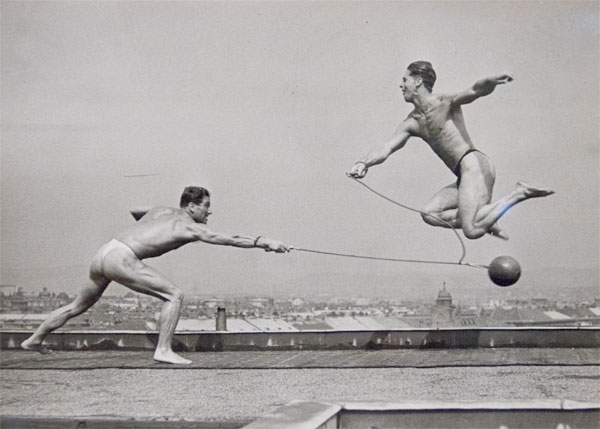
A photo like this one, studied and staged, could in principle be made in medium or large format and would even allow a bigger magnification if it wished. However, the shutter speed to fix the motion and the relative difficulty of changing the film and making several shots would be compromised in a larger format film camera. Action photos have gained a new dimension with the introduction of Leica.

The idea of “decisive moment”, so important in the work of photographers like Henry Cartier Bresson, gained a tremendous ally with the functionalities of Leica.

A decisive moment is not just the shooting instant, it’s actually a combination shotting with framing. Only a viewfinder camera, direct or monoreflex, allows the photographer to remain composing the photo all the time, before and after the click, accompanying the action, to obtain a “decisive moment” that is not compromised by an unhappy composition.
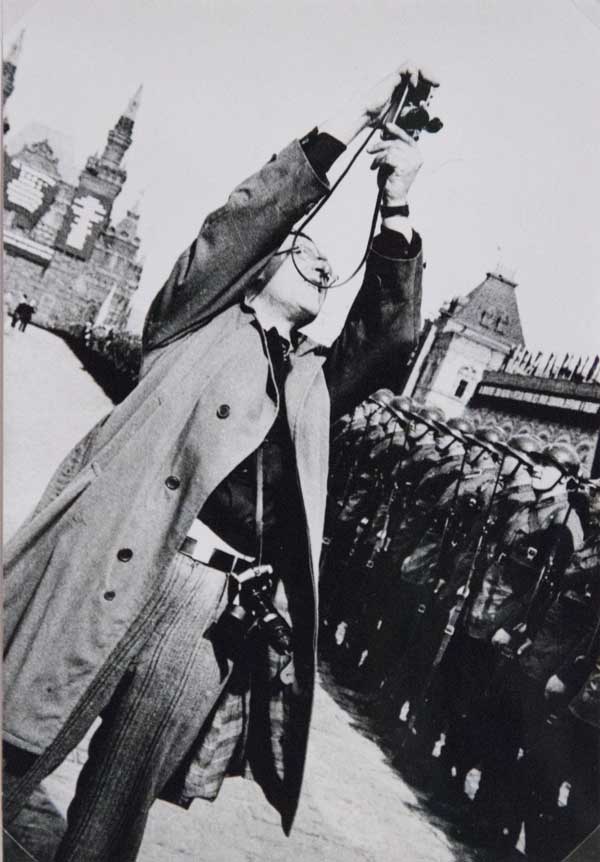
Impossible to imagine photojournalism without the Leicas. It is true that many photographers, especially Americans, loved their Graflexes: 4 x 5 format, sport finder, often with flash bulbs and well closed diaphragm, so the rule was to shoot first and compose later in the lab. With Leicas, without much space for cropping and the vocation for ambient light, a more accurate strategy was demanded.
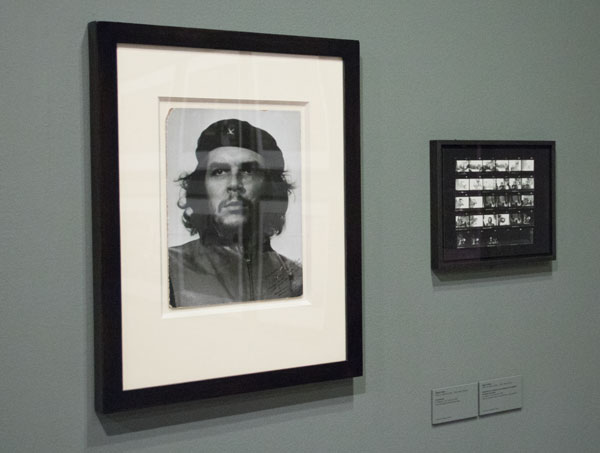

Attention is drawn to the number of famous photos taken with Leicas. The image of the naked girl running from the cloud of Napalm is one of them. It is interesting that during the Vietnam war, Leica was already facing the technology that would virtually replace it: that of mono-reflex cameras, because equally important and well praised by war photographers at that time, was the practically indestructible Nikon F.
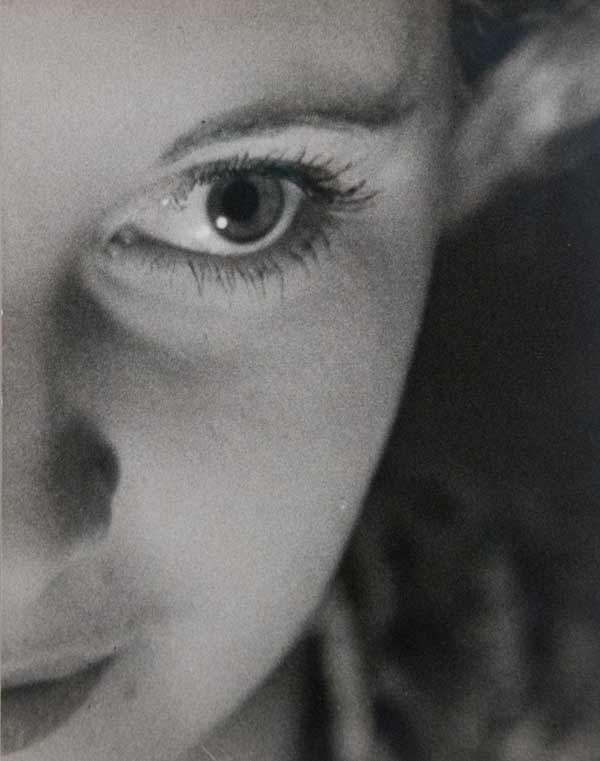
The photo above, although a very beautiful image, is almost a counter example of Leica usage. In photos at very short distance or with long lenses, the use of viewfinder cameras loses much to the mono-reflex in which what is seen is the very image that will be captured by camera lens. Leica has great 90mm, 135mm and more. However, its use requires an external viewfinder, with parallax correction and much of the fast and spontaneous photography is not feasible. The M series circumvented this with the camera’s viewfinder adapting to some other focal lengths. But that was like just perfecting a problem actually unsolvable by the very concept of the viewfinder cameras.
The photo above was perhaps the only one of the exhibition with a face filling the picture or something equivalent. The Leica is an excellent camera, perhaps the best 35mm, for 50mm or less lenses. Practically all the great pictures taken with It were with those focal lengths that actually behave as an extension of the photographer’s eyes. This fact is perceived when photographing by keeping both eyes open, one on the viewfinder and the other on the outside following the scene. There is no conflict of proportion between the two images. With the clearer display than a monoreflex, one that does not go blind at the moment of shooting, plus a silent shutter, discreet, Leica finds its ideal territory from about 2 or 3 meters to infinity.
However, with that said, some photographers created ways to get really close to the subject while using a Leica.

This is the case with Mark Cohen. There were some videos of interviews with photographers on display. One of them showed Mark Cohen using a Leica with a wide angle (probably 35 mm). The photographer had the camera in his right hand and a small electronic flash connected by a cable on the left. Even in daylight he used the flash. Thanks to that, he could choose a very tight diaphragm and with the angular ensure a good depth of field. He was approaching the people on the street in steady steps like a pickpocket about to attack. In a continuous movement he placed the camera close to them, without looking at the viewfinder, opening his arms and positioning the flash, usually sideways. He clicked and kept walking without interruption, not looking at his victim, as if nothing had happened. It was so fast that people, even realizing what was happening or what had already happened, showed no reaction at all. Others interacted and found it amusing. Of course, this action shown in the video occurred when there was a team shooting the photographer himself, this might create another atmosphere for the whole event. But the production of Mark Cohen is so extensive while using this procedure, his testimony so convincing, that the video is probably a good sample of his practice.

The Mark Cohen series was from the 1970s. If we go even backwards in time, it seems there was even greater naivety of people with regard to photographer’s figure and action and the indiscretion afforded to cameras like Leica. Hard to say today if people did not notice or did not care, but many clicks “stolen” by photographers from the early decades of instant photography do not seem to me that would be taken as “politically correct” at present days. The photo above may be an example of this.

There was a wall dedicated to fashion photography on display. But this is another area where I do not think Leica has been much in demand. Maybe it was the photographer’s choice for backstage or a personal shots between one session and another of really editorial pictures. Medium-format cameras such as Rolleiflex and later Hasselblad were probably more suitable, more flexible, to the sequence of work that would still go through editing, with text inclusion and magazine printing.
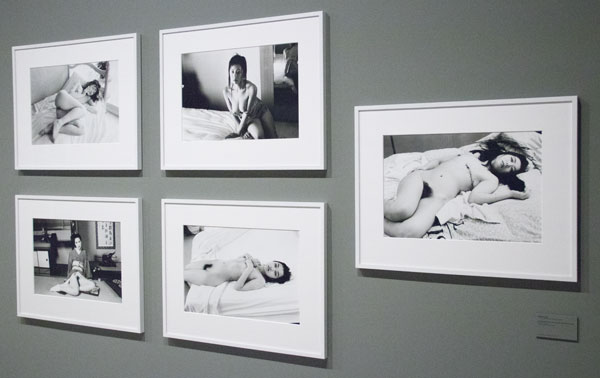
Only presence of nude photography, this wall of the photographer Araki, showed images of a series called “Love by Leica”. I do not think Leica or any other viewfinder camera has been the first choice of nude photographers. Probably the big or medium format, by the rich modeling and rendering ability, are the ones that hold that supremacy. But photos like Araki’s, have a bit of this “intimate diary”, are not nude in the sculptural genre, idealized, as if it were a classicist painting. Whenever we slip into this more invasive, realistic or documentary side, we learnt to see the images produced by Leicas as more suited to substantiate that concept.
The last section of the show has the title “Photographer as author: 1980s until today”, talks about the almost disappearance of commissioned photography by agencies and press with the initiative then passing to the photographer in first place. It comments the growing presence of photography in museums, art galleries, corporate collections and as this creates a new environment and new types of projects. Although it is a Leica exhibition, it seems obvious to me that in this new scenario, although it remains an excellent camera, there is a certain loss of identity if we compare how decisively the gesture that it inaugurated was in the first decades of its launch. There is a certain stylistic coherence in the images from the first half of the exhibition, even among so different photographers, which is greatly diluted when we reach its end.
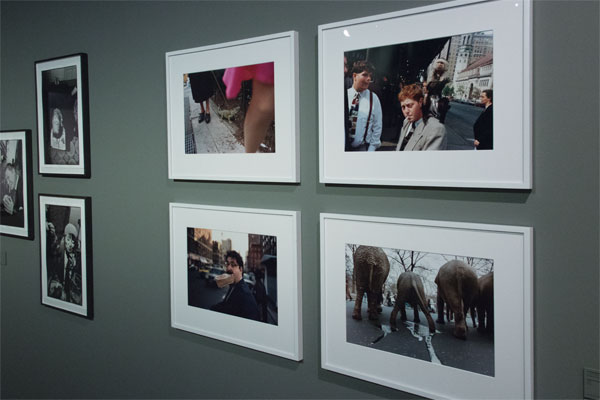
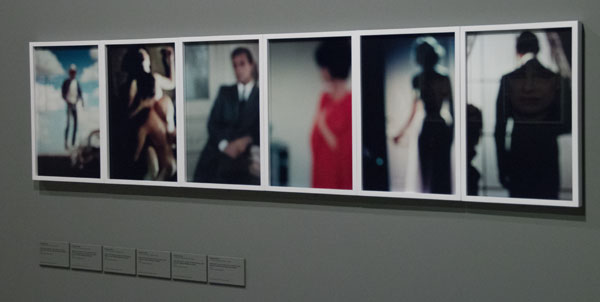

Well, this was a small review for a great show. It is possible to buy the catalog on Amazon. I think it’s a very useful document for anyone studying photography. Mine should arrive soon. In Madrid, in the bookstores and at the exhibition places, it was completely soldout. The project as a whole is a beautiful initiative of Leica Camera AG and curated by Hans-Michael Koetzle. In Madrid the exhibition runs until October 10, 2017. It will probably even tour other cities and is something to follow up. I would visit it again for sure if a new opportunity shows up.